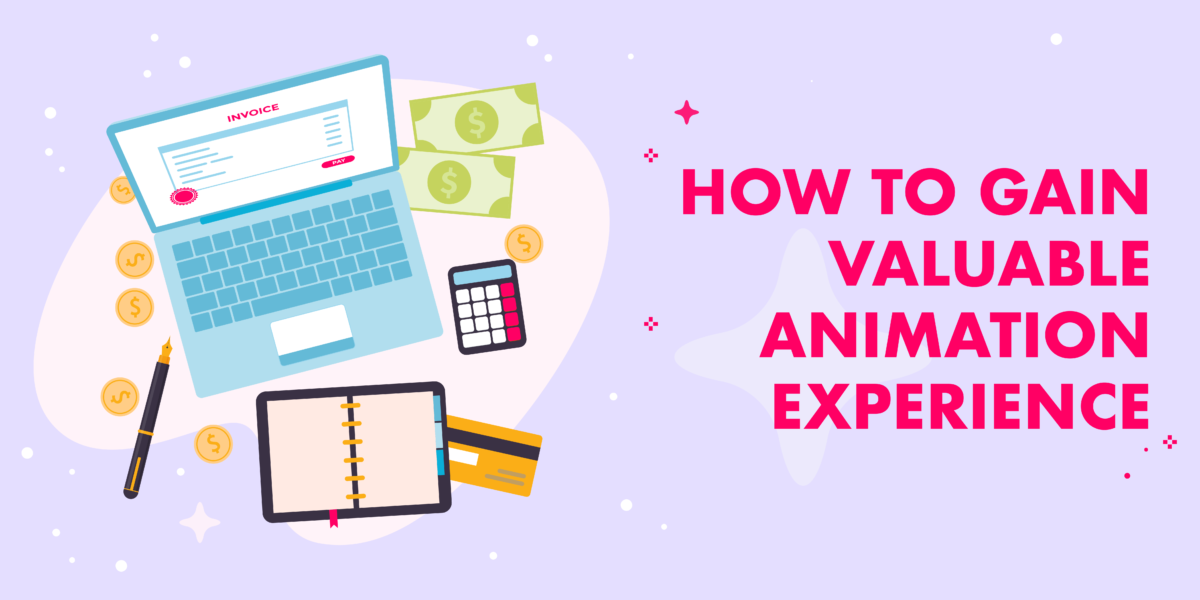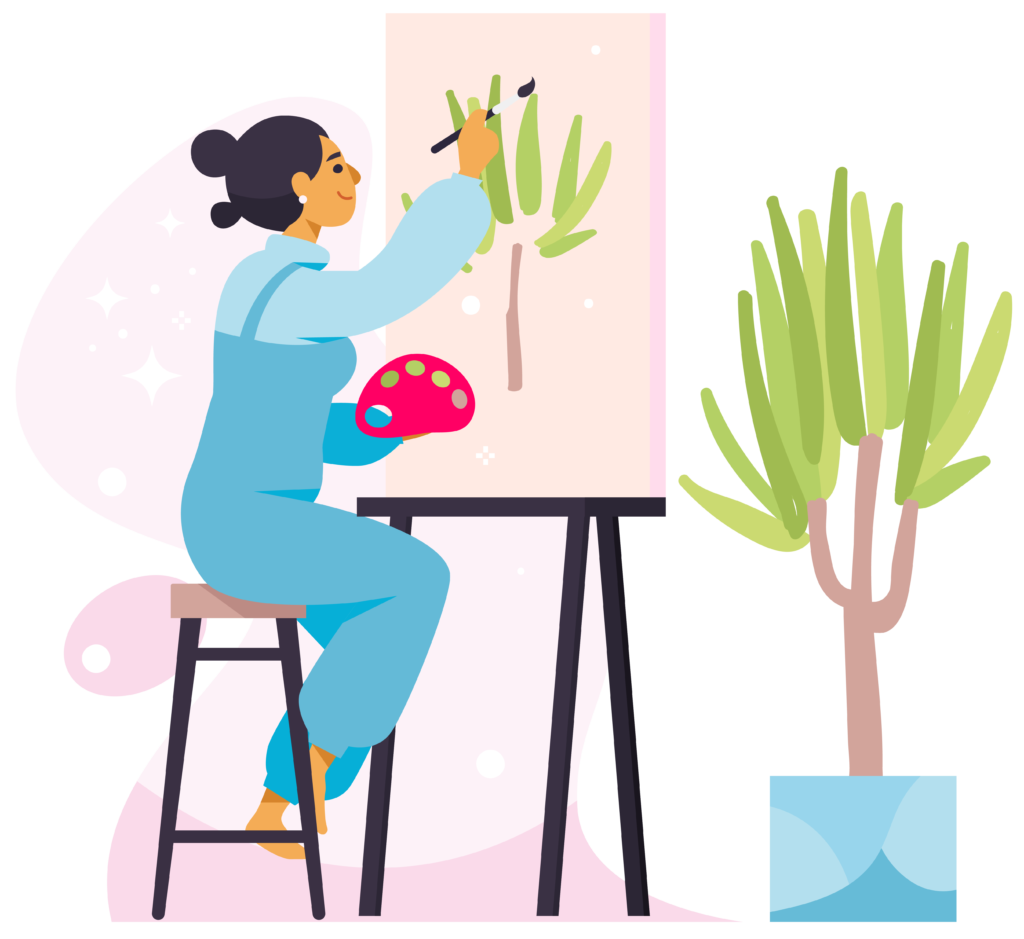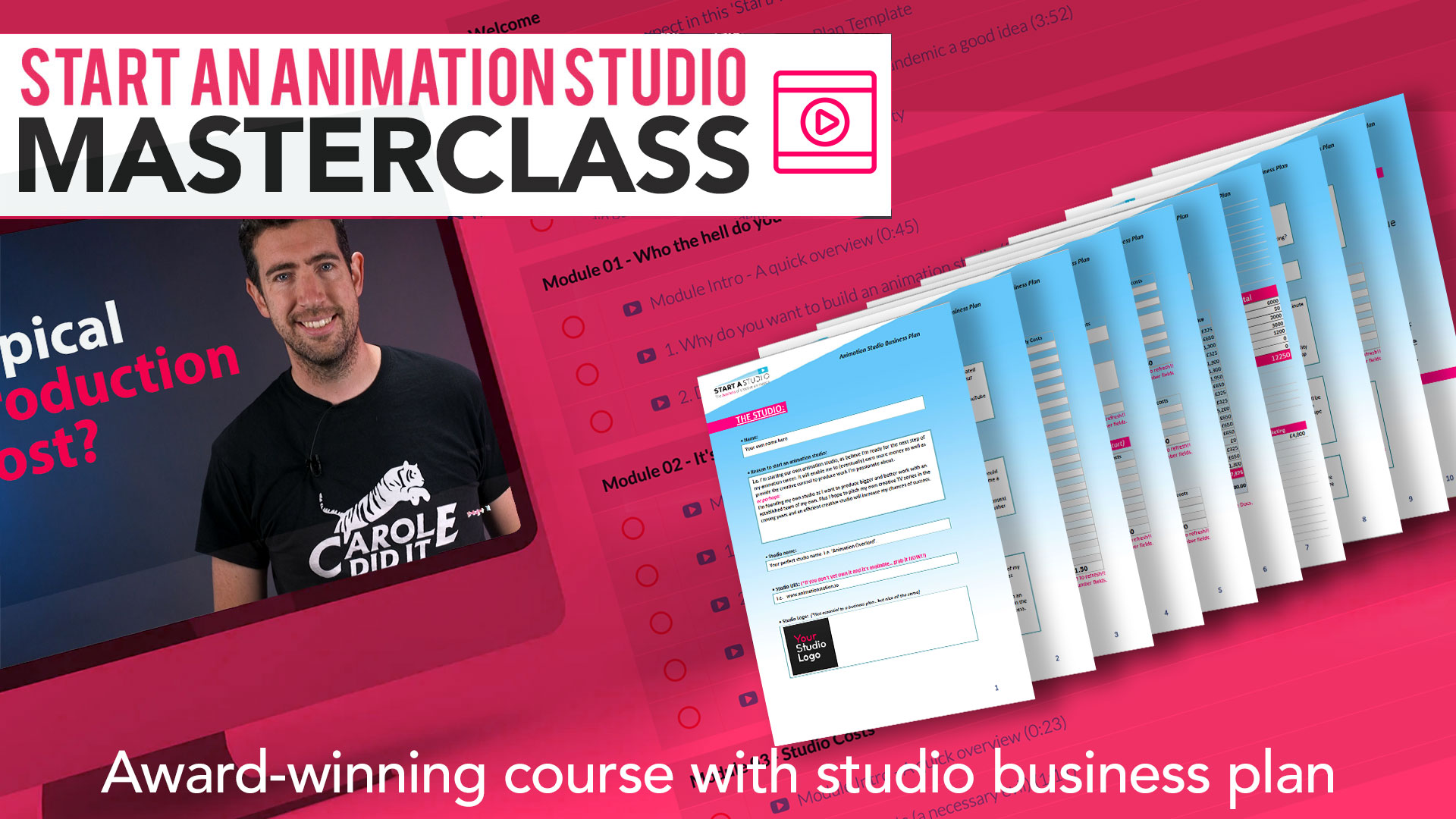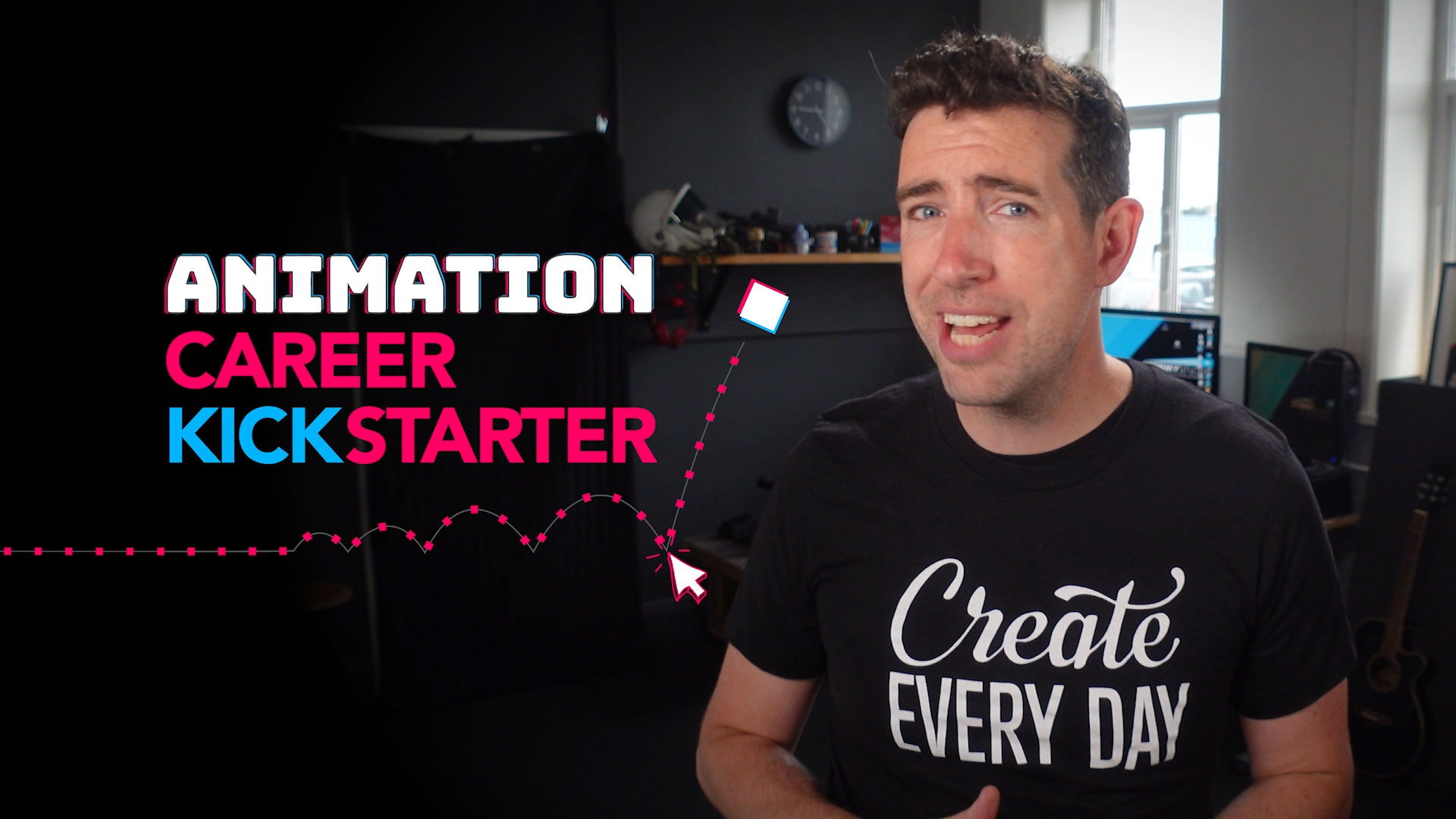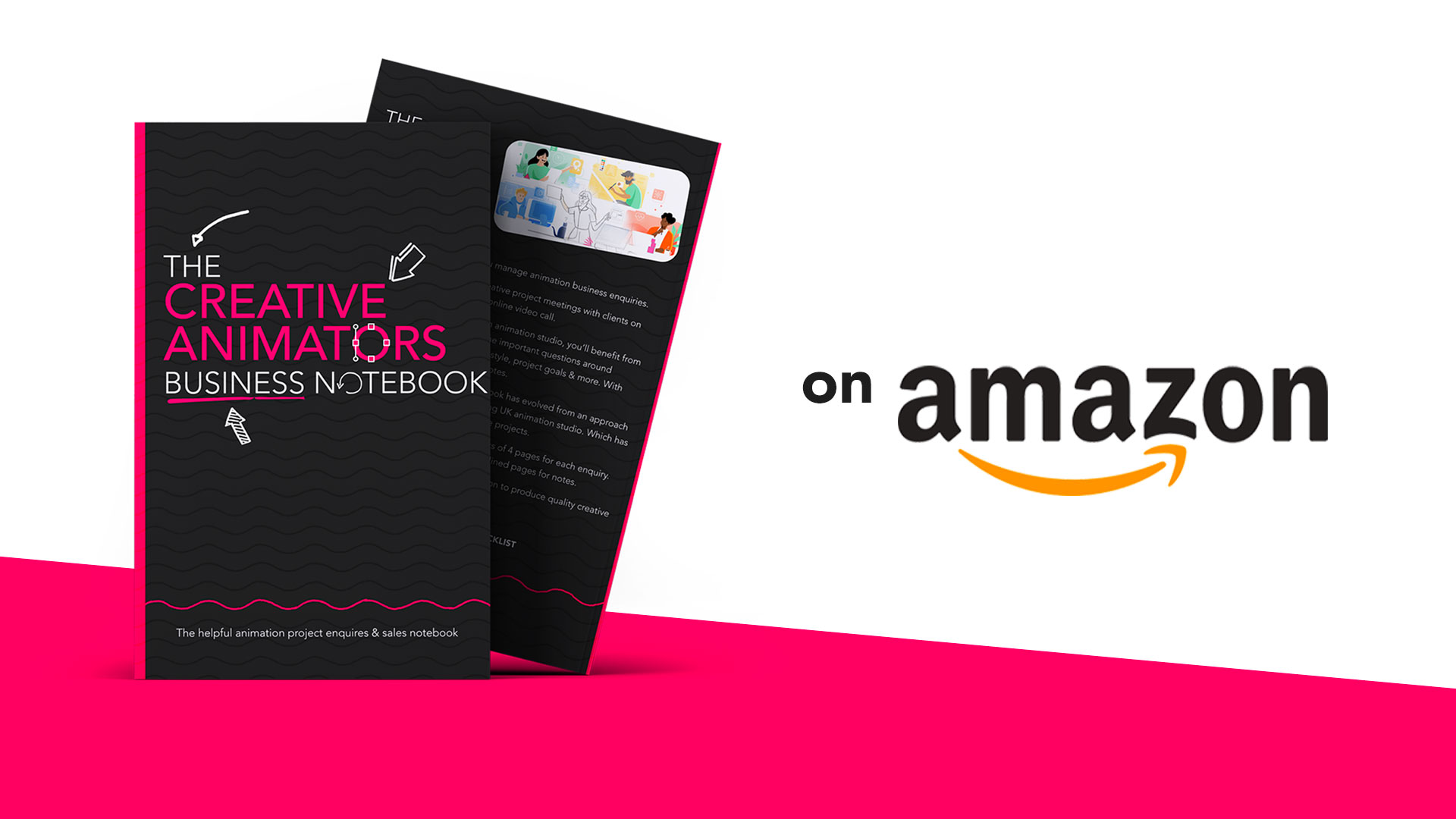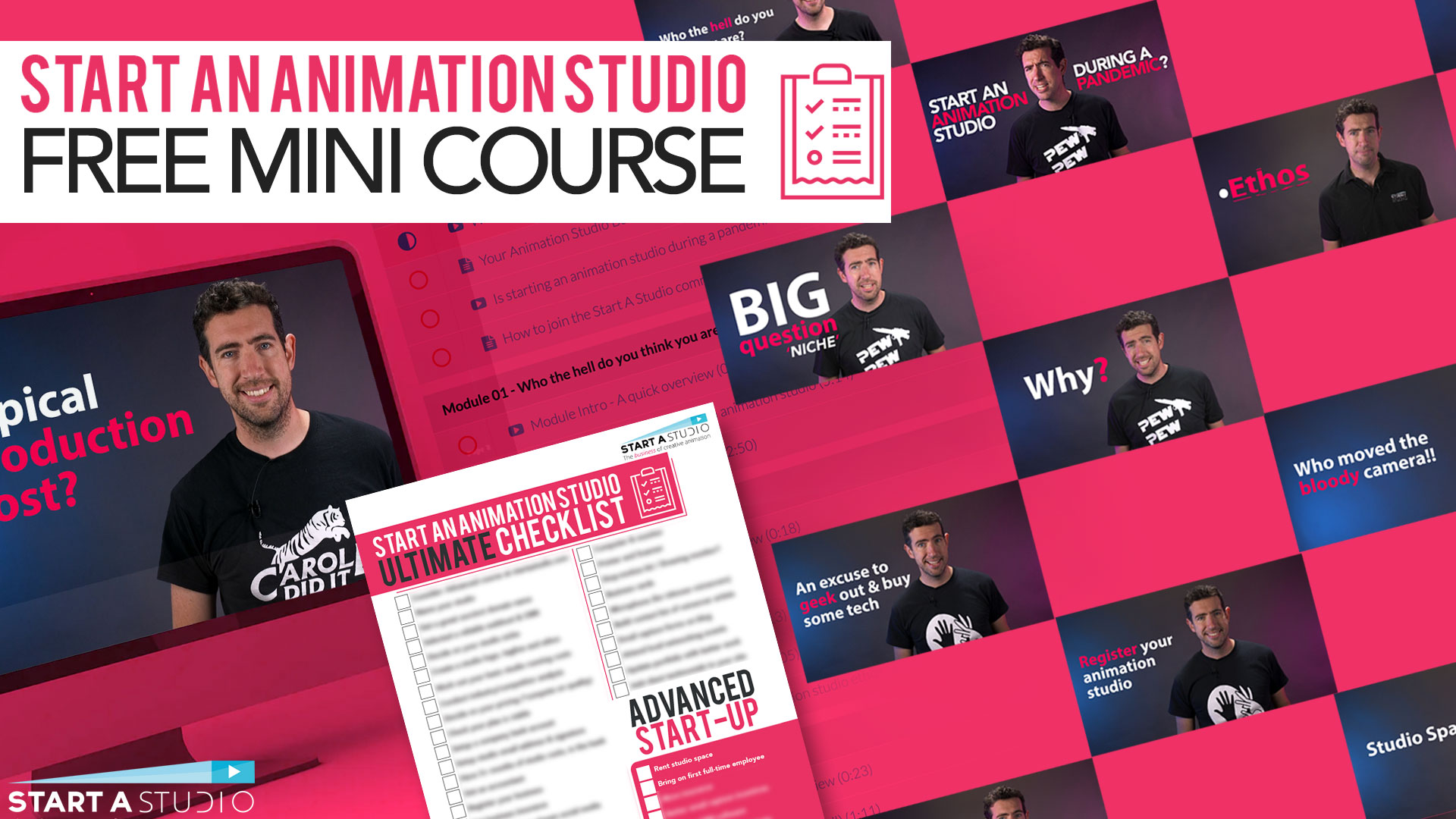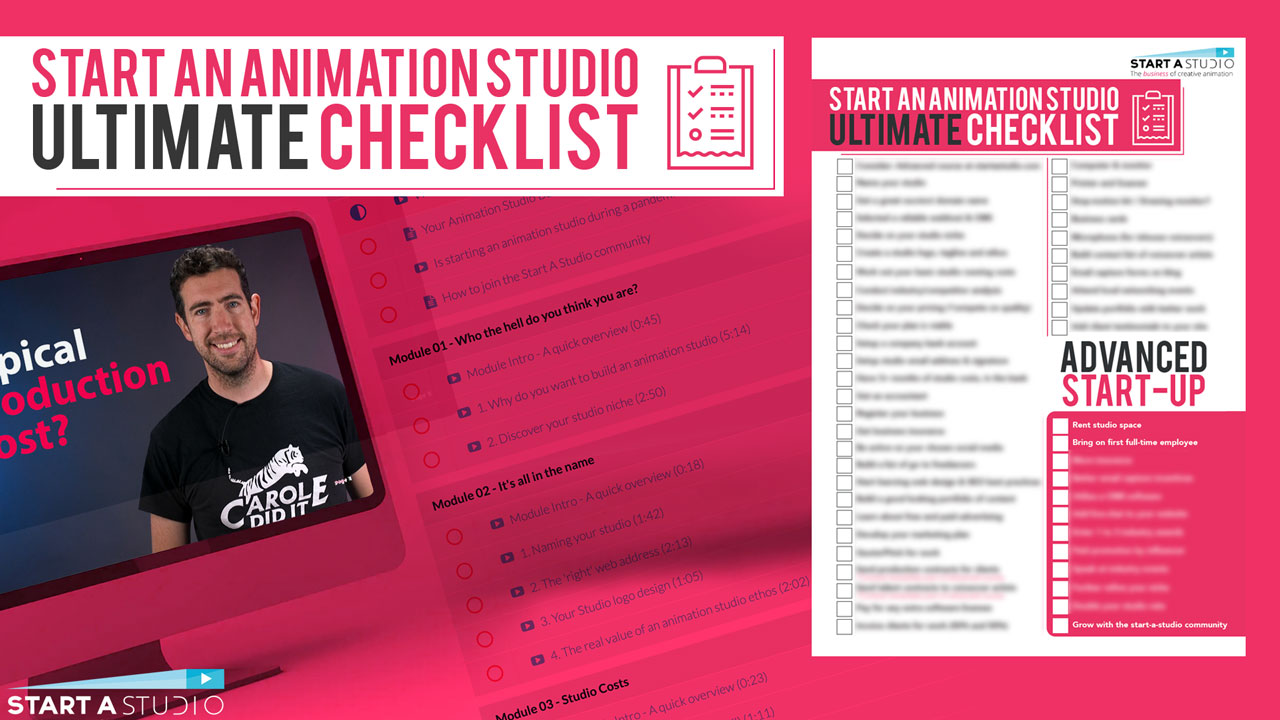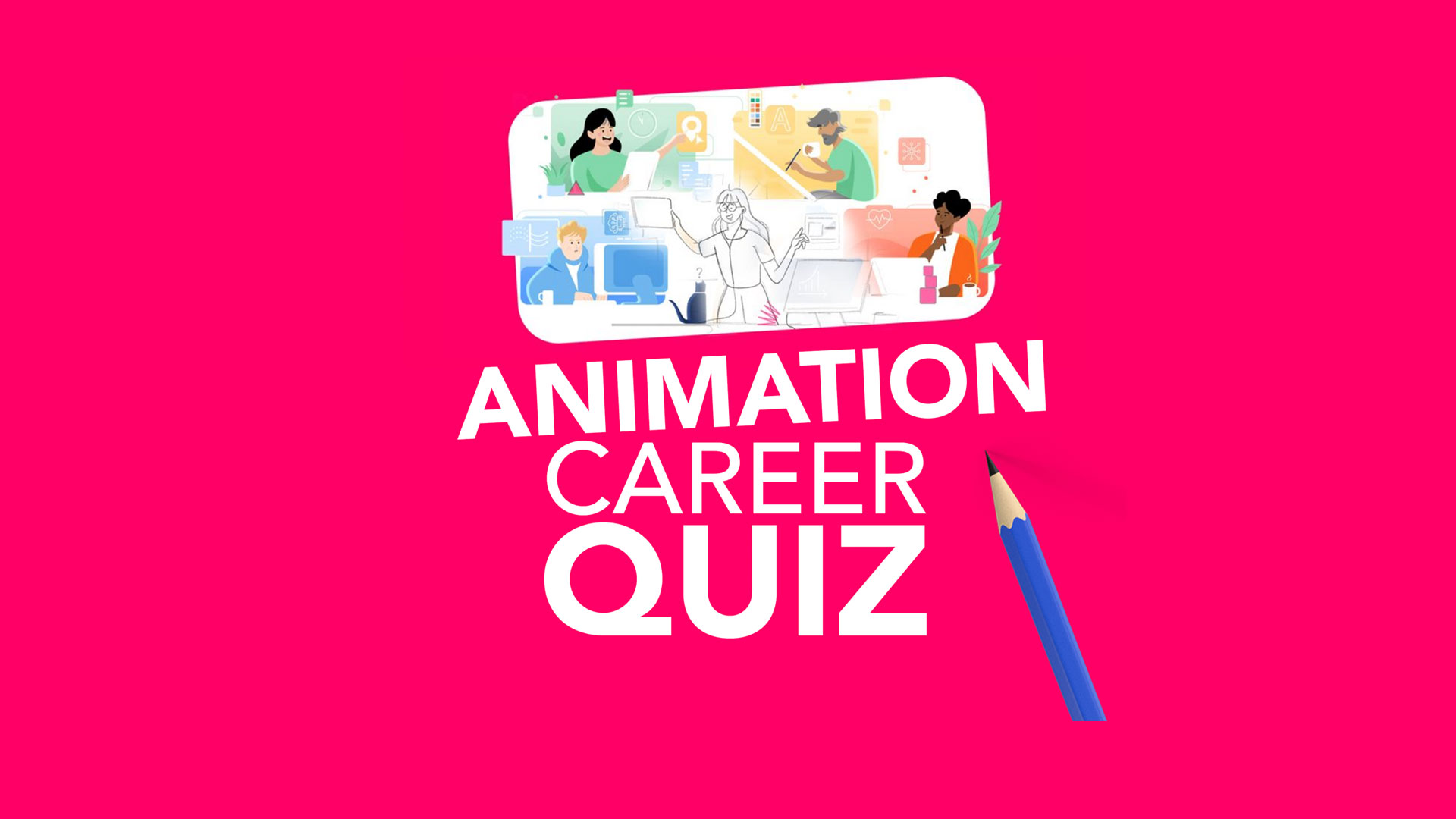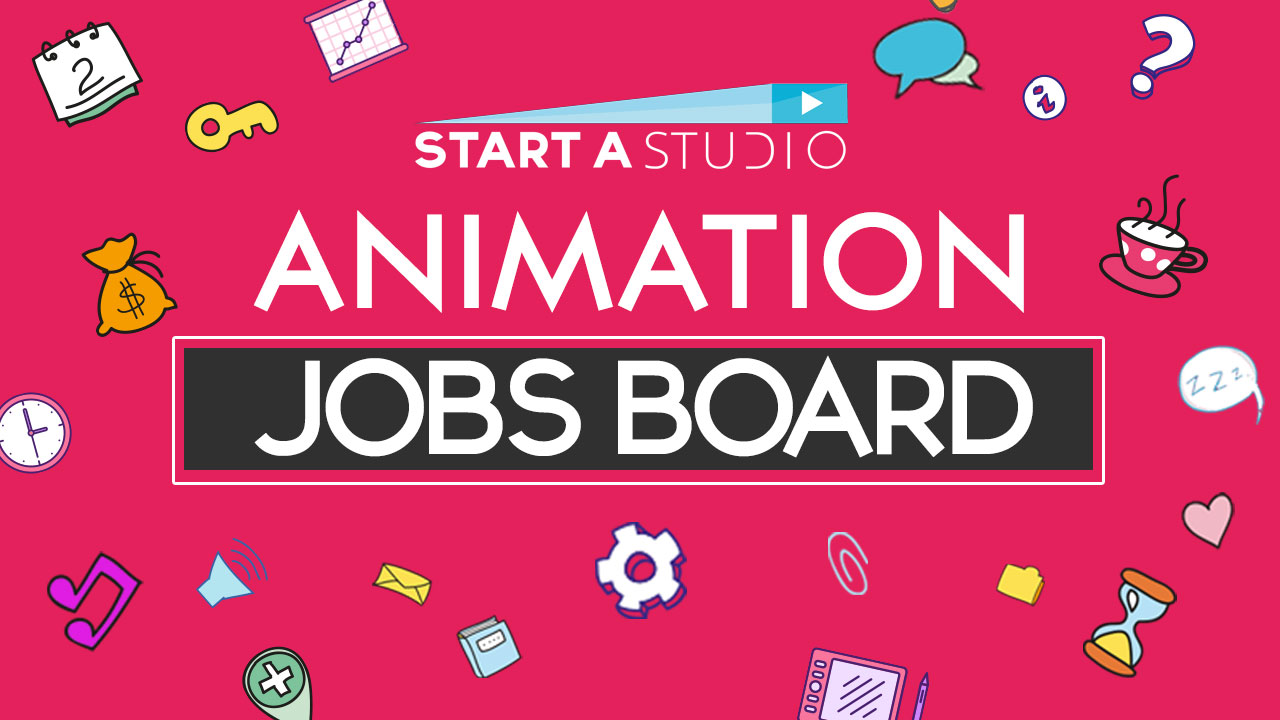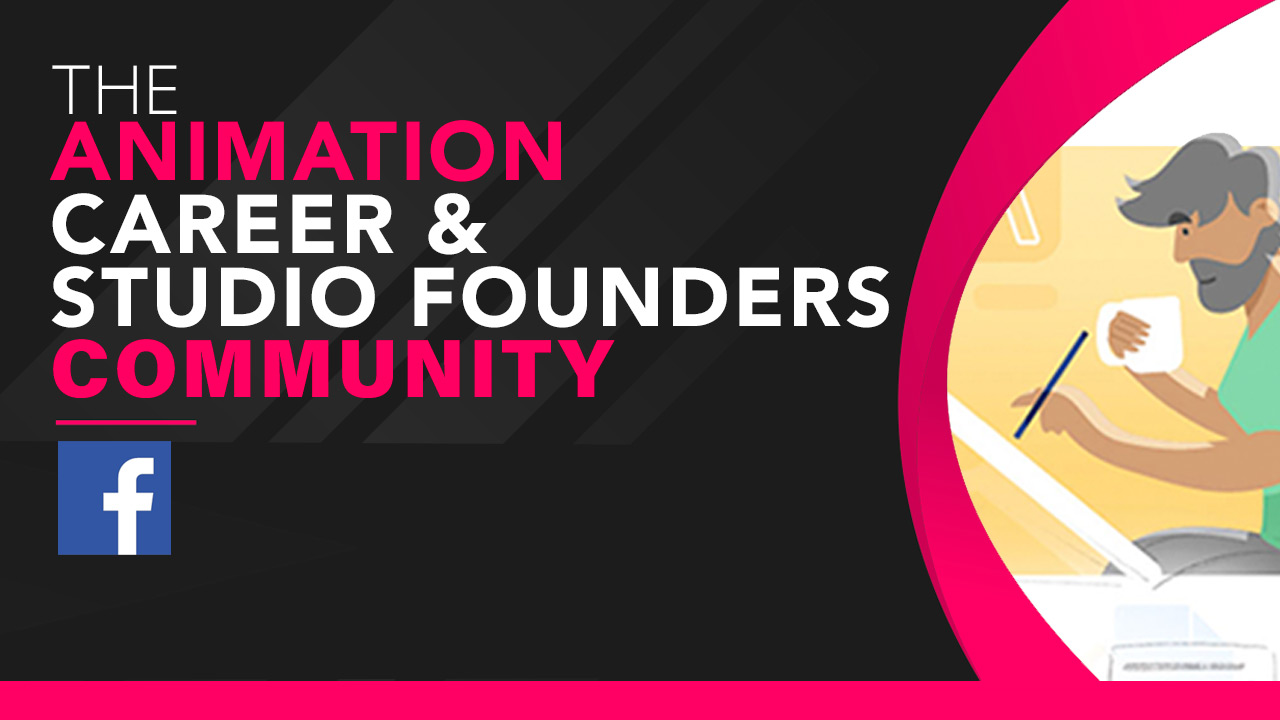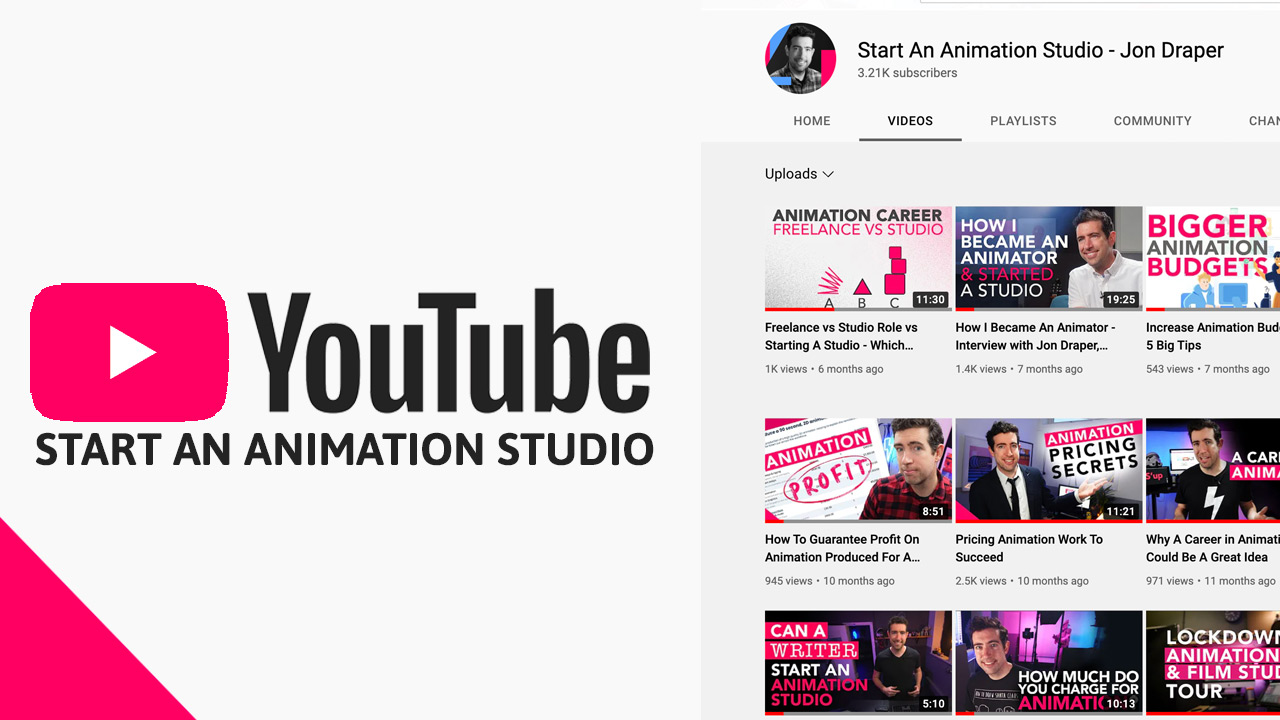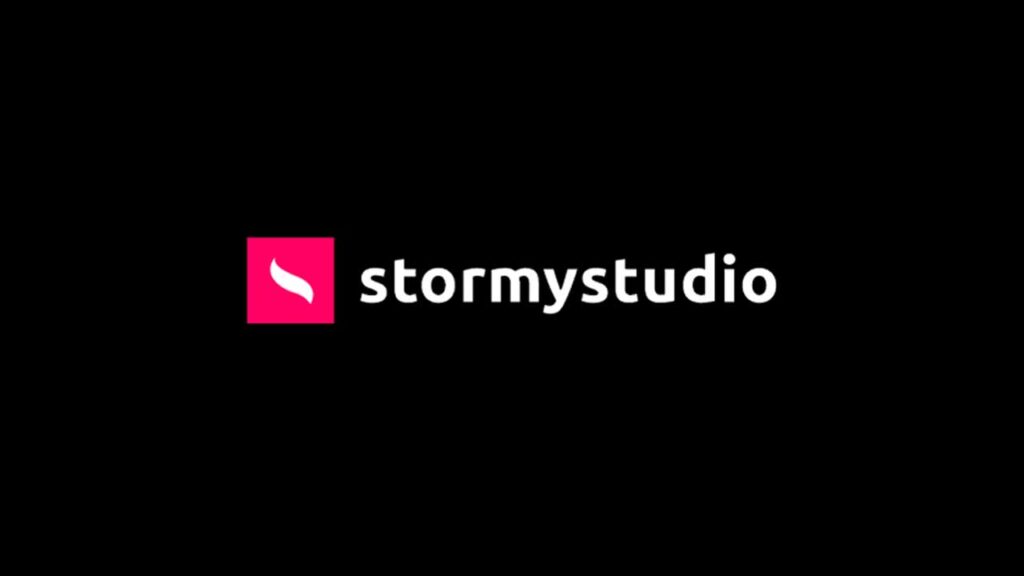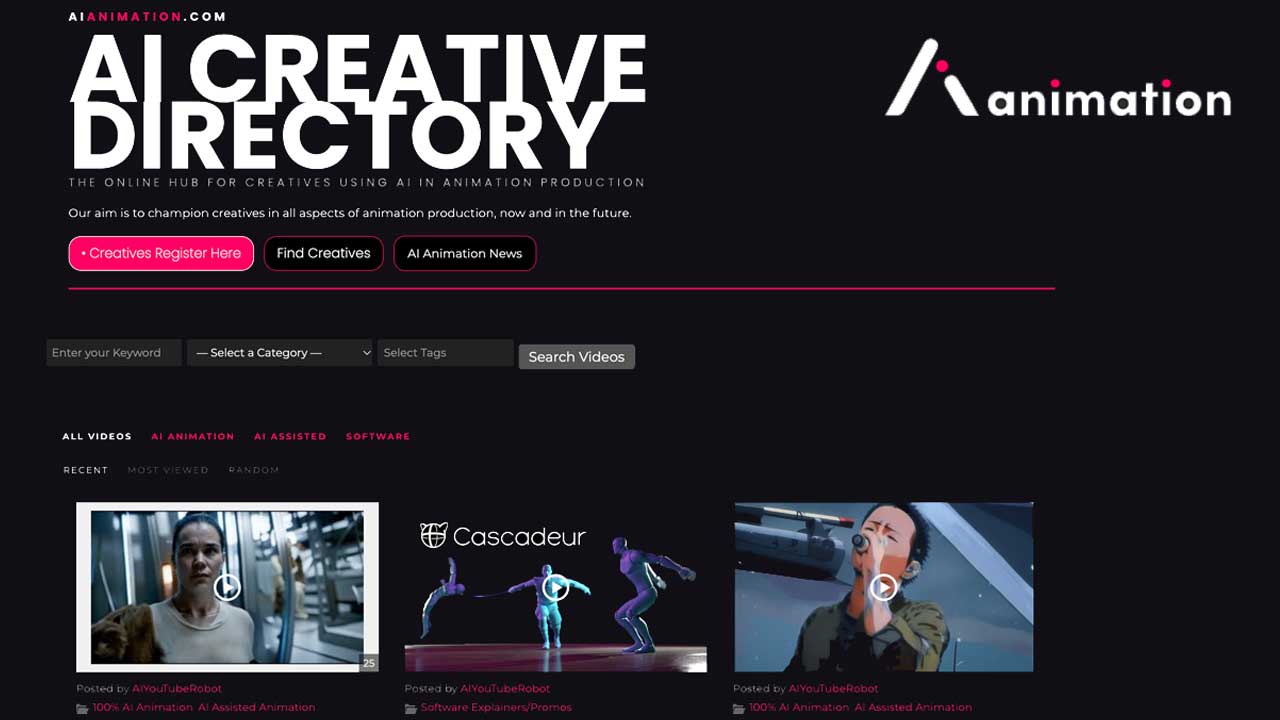Getting animation experience feels impossible! Here's how to get started before you enter the industry.
If you want to build a successful animation career and go on to create your own studio, you need to start with the basics—industry experience. When you’re looking for animation work, it can feel as though every job is asking for experience…but to gain experience, you need a job! In this article we show you some tips on how to break this vicious cycle and build your experience for the future.
1. Personal projects
A great way to gain experience with animation software whilst you’re trying to find work is to set yourself creative projects. Once you’ve completed a project, showcase it online and start building your portfolio. Having a collection of projects you’ve produced looks far more impressive to an employer than having an empty portfolio because you were struggling to get a position as an animator.
Make your personal projects as valuable as possible when you’re looking for work. What kind of animation would you like to produce in the future? What companies would you like to work with? Tailor your portfolio with your future clients in mind.

2. Brush up on your drawing skills
3. Make your showreel shine
One of the first things that employers will ask to see is your showreel—so make it count. Only use animation you’re proud of in your reel and think carefully about how you want to order your work. An employer will typically only watch a few seconds of a showreel, so make yours as attention-grabbing as possible.
Your showreel should clearly show the services you provide as an animator. If you’re looking to create animation for advertising, for example, it should be obvious from the very first frame of your showreel.
4. Networking
Networking can be scary, especially if you don’t have a lot of experience. Even so, it’s an essential tool for animators trying to break into the industry. A conversation with an industry professional could become a contact, which could turn into a future work opportunity.
Even if you don’t find work from a networking event, it can be a great place to learn more about how successful animators built their careers. See if there are any organisations or meet-ups local to you, and make as many meaningful business connections as possible. Online networking events are just as valuable as in-person ones, so see what's going on online too.

6. Offer your services for free
Unpaid experience can be a difficult decision to make. Not everyone is able to afford it, and it can be frustrating to provide animation services for free. However, if you’re able to afford it, offering to animate for free or as part of unpaid internship can reward you with valuable industry experience. If you really impress your employer, you may even get yourself a job by the end of it!

7. Don't give up!
As you’re starting out, it can feel as though everyone’s ahead of you. It’s helpful to remember that even the most successful animators started where you are now. Don’t lose your passion for animation and keep being inspired by the work of more experienced animators. Improve your skills and put yourself out there, and opportunities will come your way…
Want to know what animation career suits you best?
Check out our quiz to find out what career path suits you best...
Interested in an animation career or starting a studio?
Checkout these resources
Share this Post

